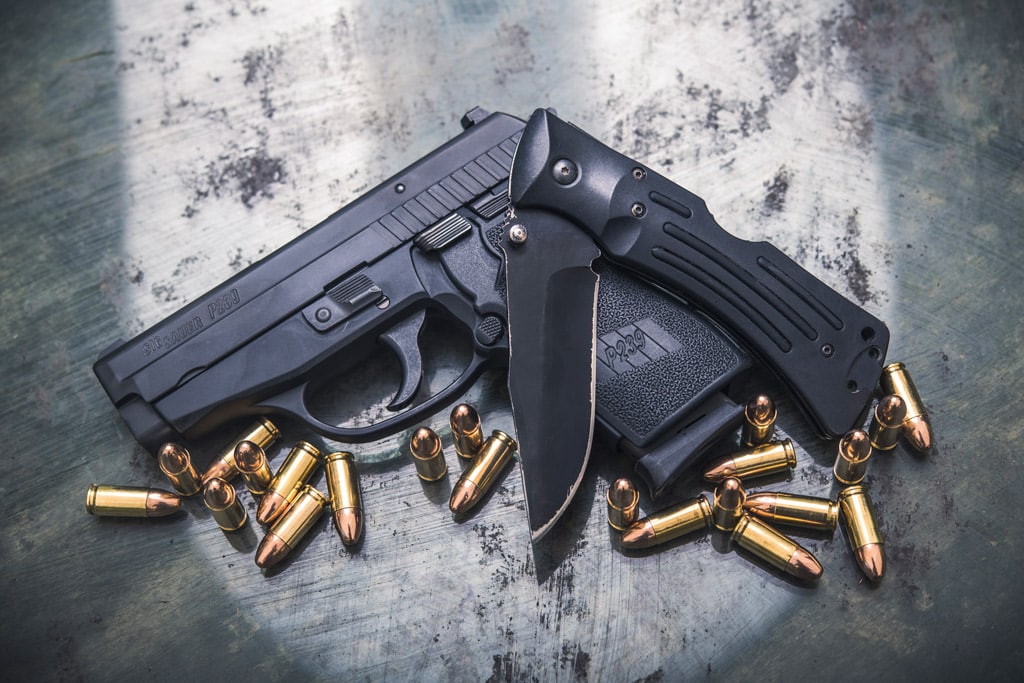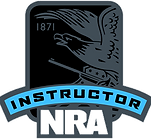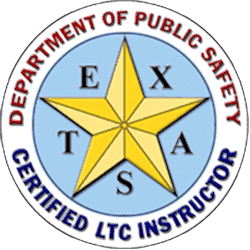Introduction to Texas Handgun Permits
Texas makes it legal for folks to carry handguns, but you need a permit. This process might seem daunting, but it’s pretty straightforward once you get the hang of it. There are specific steps everyone has to follow, starting with a safety course that’s mandatory. It doesn’t just stop at knowing how to shoot; understanding the legal aspects is crucial too. After the course, you’ll go through a background check. It’s the state’s way of ensuring guns are in the right hands. If everything checks out, you’ll submit an application and, eventually, get your permit. Age, residency, and a clean legal record are key factors. Whether it’s for protection or peace of mind, a handgun permit in Texas is within your reach if you follow these steps.
Eligibility Requirements for a Texas Handgun Permit

To get a Texas Handgun Permit, you gotta meet certain criteria. First off, you need to be 21 years old or older, although some military folks can apply at 18. You can’t have any felony convictions, and if you’ve got a history of certain mental illnesses, that might be a dealbreaker. You also need to have a clean record, meaning no DUIs or domestic violence charges. Taking a state-approved handgun education course is a must. This course covers gun laws and safety. Lastly, you’ve gotta have a valid ID and be legally allowed to own a firearm in the U.S. If you check all these boxes, you’re on your way to applying for that Texas Handgun Permit.
Steps to Apply for a Texas Handgun Permit
Getting a Texas Handgun Permit is straightforward if you know the steps. First, you gotta be at least 21 years old, but if you’re in the military or a veteran, 18 will do. Also, make sure you’re legally allowed to own a gun in Texas. If you’re clear on that, here’s what you do next. Step 1: Complete a handgun training course approved by Texas. This is crucial for understanding handgun laws and safety. Step 2: Gather your documents. You’ll need a valid ID, proof of residency, and your training certificate. Step 3: Fill out the application on the Texas Department of Public Safety website. Be honest and thorough. Step 4: Pay the fee. It varies, but be ready to spend some cash. Step 5: Get your fingerprints taken. You’ll receive instructions after your application. Step 6: Wait for the background check. This part is out of your hands, so just sit tight. Once approved, you’ll get your permit in the mail. Then, you’re all set to carry in Texas legally. Remember, carrying a handgun is a big responsibility, so always stay informed and practice safety.
Required Documents for Your Application
When applying for your Texas handgun permit, you need to gather a few important documents. Think of it as packing for a trip; you wouldn’t leave your house without your essentials. First, you’ll need your state ID or driver’s license, proving you’re a resident. Don’t have one? Get that sorted first. Next up, your Social Security number is needed—it’s a universal identifier. Also, if you’ve had military training or a criminal history, bring those records. They’ll check, so no point in hiding anything. Lastly, proof of your handgun proficiency is a must. This shows you know what you’re doing with a gun. In short, pack your ID, Social Security number, any relevant records, and your handgun proficiency proof. With these in hand, you’re on your way to getting that permit.
The Role of Background Checks in the Application Process
Background checks are a crucial step in getting your Texas handgun permit. Think of them as the state’s way of double-checking your history to ensure you’re fit to carry a gun. To sum it up, they’re looking into your past to keep everyone safe. When you apply for a handgun permit in Texas, you’re signing up for a thorough review of your criminal record, mental health history, and any past restraining orders. The idea here is simple: if you’ve got a history that suggests you might not handle a gun responsibly, your application could hit a roadblock. This doesn’t mean a speeding ticket from five years ago is going to ruin your chances. Texas is mostly looking for serious red flags—things like felony convictions, domestic violence, or severe mental health issues. If your record’s clean in these areas, you’re likely good to go. Remember, the background check is not just a formality. It’s a critical part of ensuring that guns end up in the right hands. So, when you apply, be honest and upfront. Any attempt to hide your history will only backfire. At the end of the day, if you’re a responsible citizen with a clean slate in these serious areas, the background check should be nothing to worry about.
Training and Education: Preparing for Your Permit
To get your Texas handgun permit, you must go through specific training and education. The state requires a 4 to 6-hour handgun training course. This course covers gun laws, handgun safety, storage, and the basics of marksmanship. Remember, Texas takes this seriously. You’ll learn the do’s and don’ts, ensuring you’re a responsible gun owner. After the classroom bit, you’ve got to pass a written test and a shooting proficiency demonstration. Yes, you’ve got to show you can safely handle and shoot your gun. The good news? There are tons of certified instructors and places to take this course. Just make sure you pick a state-approved one. And hey, it’s not just about checking a box. This training is crucial. It makes you aware, prepared, and confident in handling your handgun. That’s what being a responsible gun owner is all about.
Understanding the Fees Associated with Your Permit
Getting your Texas handgun permit comes with its share of costs. Think of it this way: it’s not just a fee; it’s an investment in your safety and rights. The primary cost to keep in mind is the application fee, which you’ll pay to the Texas Department of Public Safety. This fee is about (40 to )140, but it varies. Veterans might get a discount, and some folks might be eligible for a waiver. Once you’re deep into the process, remember, this cost doesn’t cover your fingerprinting or the handgun proficiency course. Fingerprinting is around $10, while the course can range anywhere from (50 to )100. This course is crucial, teaching you the ins and outs of handgun safety and laws, ensuring you’re well-prepared. Finally, think ahead. Your permit isn’t forever. Renewal fees kick in after five years, but they’re lower than your initial cost, sitting at about (40 to )70. So, budget wisely, understanding these fees are part of your journey to being a responsible handgun owner in Texas.
Passing the Written Test and Shooting Proficiency Demonstration
To get your Texas handgun permit, you’ve got to clear two main hurdles: the written test and the shooting proficiency demonstration. Here’s the lowdown on both. First off, the written test covers Texas gun laws, handgun use and safety, and proper storage practices. It’s mostly multiple-choice questions, and you need to score at least 70% to pass. Cracking the books on Texas gun laws and safety tips is your best bet for acing this exam. Next, the shooting proficiency part. This isn’t just about being able to hit a target; it’s about showing you can do it safely and accurately. You’ll be asked to fire a set number of shots from various distances, and there’s a minimum score to beat here too. Practice makes perfect. Head to a range, get comfortable with your firearm, and work on your aim. In essence, know your stuff and practice your shots. Do these right, and that Texas handgun permit is as good as yours.
What to Do After Receiving Your Texas Handgun Permit
Once you’ve got your Texas Handgun Permit, it’s not just about owning a gun. This permit opens up responsibilities and opportunities you need to handle wisely. First off, practice. Going to the range and practicing is crucial. You’re responsible for every bullet that leaves your gun, so make sure you’re a skilled shooter. Second, learn the laws. Texas gun laws can change, and ignorance won’t excuse you in a courtroom. Stay updated. Third, consider a home safe. If you have a family, keeping your gun locked up is not just smart, it’s essential. Your permit doesn’t just allow you to carry a gun; it entrusts you with the responsibility to use, store, and manage it safely. Remember, owning and carrying a gun is serious business. Treat it with the respect it demands.
Renewing Your Texas Handgun Permit: A Simplified Guide
Renewing your Texas handgun permit doesn’t have to feel like a maze. The process is straightforward if you know the steps. Firstly, remember that you need to start the renewal process before your current permit expires. Texas lets you renew online, making it easy and convenient. You’ll log into the official Texas Department of Public Safety website, fill out the renewal application, and pay the renewal fee. The fee is about $40, but it can change, so it’s smart to check the latest fee structure on their website. After submitting your application and fee, you’ll receive a confirmation. Keep an eye on your mail for your new permit. It usually arrives within a few weeks. Remember, staying proactive and renewing on time means avoiding extra hassle and paperwork. Keep it simple, renew on time.















